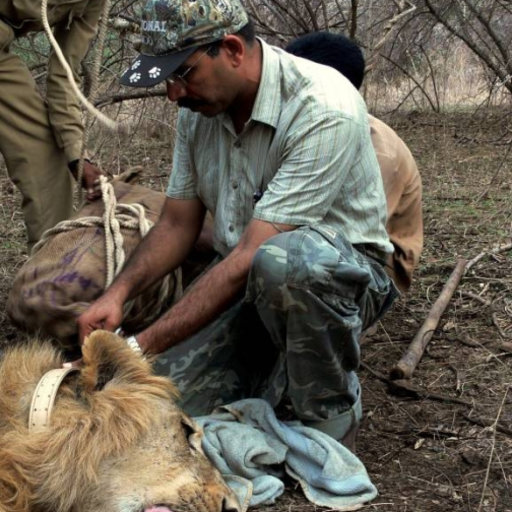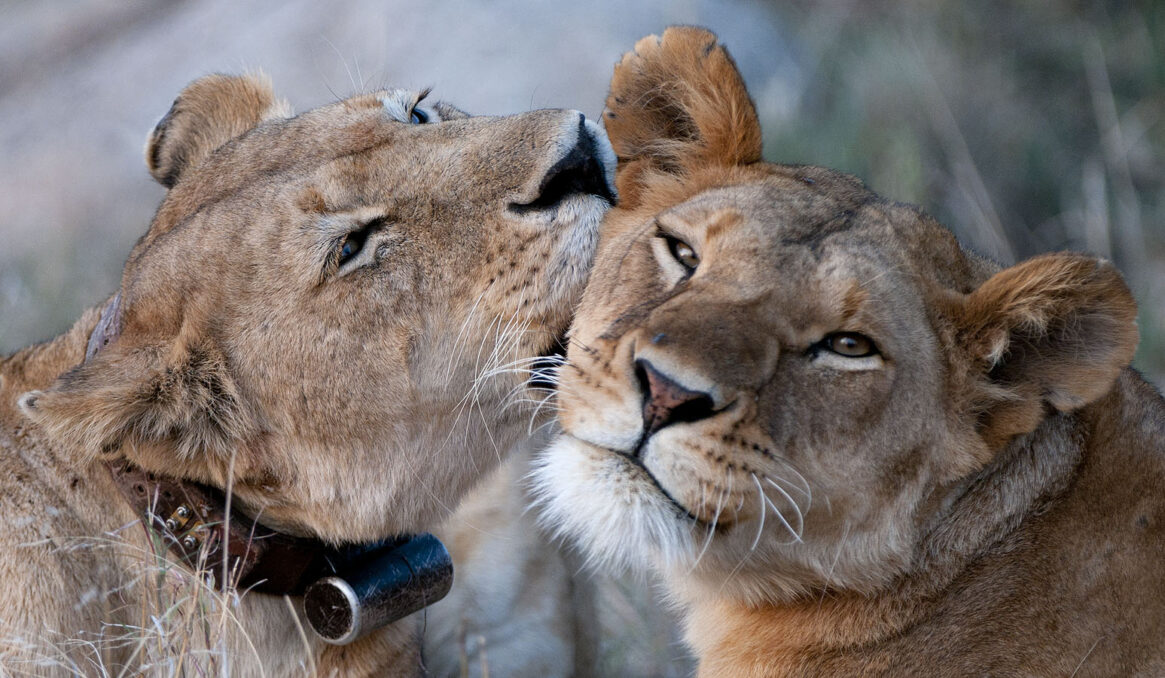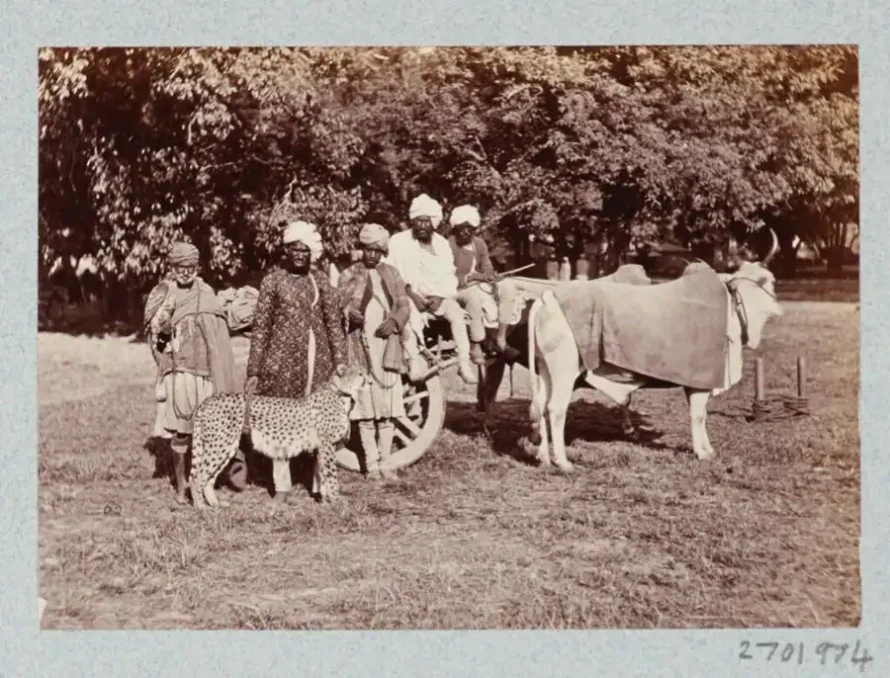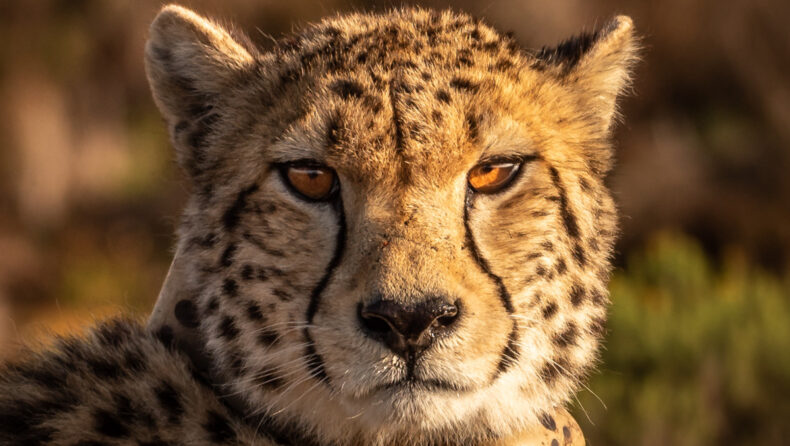Cheetahs are safe and sound in Kuno National Park, Madhya Pradesh, Bharat, assures SP Yadav, the head of Project Cheetah during a time when the controversies surrounding radio collars were unrolling rapidly.

SP Yadav is administering the development of the ‘Cheetah Reintroduction Project’ which came into effect on 17 September 2022. The purpose of the program is to ensure the survival of cheetahs also known as Big Cats that were declared extinct in 1952 under the government of Jawahar Lal Nehru.
Cheetahs Restoration Mission – Project Cheetah
The efforts to adopt and rehabilitate the Big Cats began soon after the news of their extinction broke out in the wildlife conservation community.
In the 1970s, Bharat had extended proposals to the Iranian government regarding translocation of cheetahs, but couldn’t initiate the process due to the vulnerable state of the political situation in Iran.
Later in 2009, Bharat applied and offered proposals for the introduction of African Cheetahs in the country, but failed due to the objection and refusal of the Supreme Court.

However, the Supreme Court of India finally gave its seal of approval to the aforementioned project and proposal in 2020. The court allowed the government to initiate the project arrangements while maintaining the condition that only a small group of cheetahs could be imported, to observe their long-term adaptation capability in a new environment.
The government followed the guidelines of the court, and translocated twenty cheetahs from Namibia and South Africa. Bharat also appreciated the Namibia government as they offered a total of three male cheetahs and five female Southeast African cheetahs who were welcomed into the country as presents in their new home situated in Kuno National Park of Madhya Pradesh.
Supervisors from the Wildlife Institute of India, Yadvendradev V. Jhala and the zoologist from Cheetah Conservation Fund– Lauri Maker are looking after the translocated cheetahs directly from Kuno.
Cheetahs’ Deaths- Controversy and Rumors around Radio Collars
Various speculations and controversies regarding the deaths of two Kuno cheetahs have sparked debate among citizens, media and wildlife conservation enthusiasts. The alleged claim entails that the cheetahs succumbed to their infections/injuries caused by the use of radio collars.
Radio collars are the devices that researchers and conservationists use to track the locations of concerned animals or species that have fallen under the radar of endangerment.

These devices are made up of a radio transmitter that can be fitted in with the collar. The radio collar carries very little weight with them to ensure that the cheetah or any other animal does not face any discomfort while performing his daily activities.
The long-term use of these radio collars has been known to impact the health of animals wearing them. So the collars must be used with significant care and consideration for the animal’s life.
Statement which Nullified all the Claims Surrounding Cheetahs’ Deaths
SP Yadav, who’s also the Secretary of the National Tiger Conservation Authority (NTCA) dispersed and denied the surmises that claimed radio collars to be the cause of death of Big cats.
He opened up about the allegations in an interview with the news platform ANI, and stated — “There is no truth that any cheetah died due to radio collars. I want to say that monitoring is not possible in the wild without radio collars”.
He also explained that radio collars are a legitimate technology and their use is prevalent around all parts of the world. The technology is utilized to surveil and record the activities of animals under observation.

SP Yadav emphasized that fourteen out of twenty cheetahs are doing well. He talked about the sole survivor, a six-month-old cub who’s safe and healthy. A total of four cheetah cubs were born in Kuno National Park but three of them died due to environmental factors.
To date, Kuno National Park has lost three cubs and six cheetahs, nine in total. A report by the media channel News 18 stated that the remaining cheetahs are presently living in paddocks. The agency also gave out some important information pertaining to cheetahs that are as follows:
Radio collars from some of the cheetahs had to be removed owing to a skin issue, which was known to be compromising for their health.
The cheetahs’ died in July during the process of developing a thick skin layer which is called a ‘Winter coat’ that was not suitable for them in India’s humid weather conditions.

Protecting Cheetahs from Risks of Hunting and Poaching
SP Yadav expressed his relief and excitement while talking about safeguarding the Cheetahs from the risks of getting hunted. He elaborated how poachers pose a huge risk of threat and danger to these species in other countries, but their and the team’s efforts to guard Big cats from potential challenges and human conflicts were proven successful.
Yadav boasted about this being the first ever project/case of translocation of Big cat and how they prevented the carnivores from succumbing to any kind of illness or injury during the journey. He said they were able to overcome the challenges the environmental conditions posed as these animals are sensitive to climatic conditions.

The Cheetahs were transported in a custom Boeing 747-700 jumbo aircraft from Namibia to Bharat. We can see an entry of 50 more cheetahs to the homeland in the next five years.
Cheetahs are known to have gone extinct after Maharaja Ramanuj Pratap Singh Deop aka King of Korea, of Surguja state (Northern Chhattisgarh), killed the last three living Asiatic cheetahs in 1948. He shot them while they were sitting together at dusk. Asiatic Cheetahs are critically endangered animals and the last of them can be found existing in Iran.
In ancient times Cheetah was known to be a domesticated animal. They were called ‘hunting leopards’ as they were used for hunting practices.













